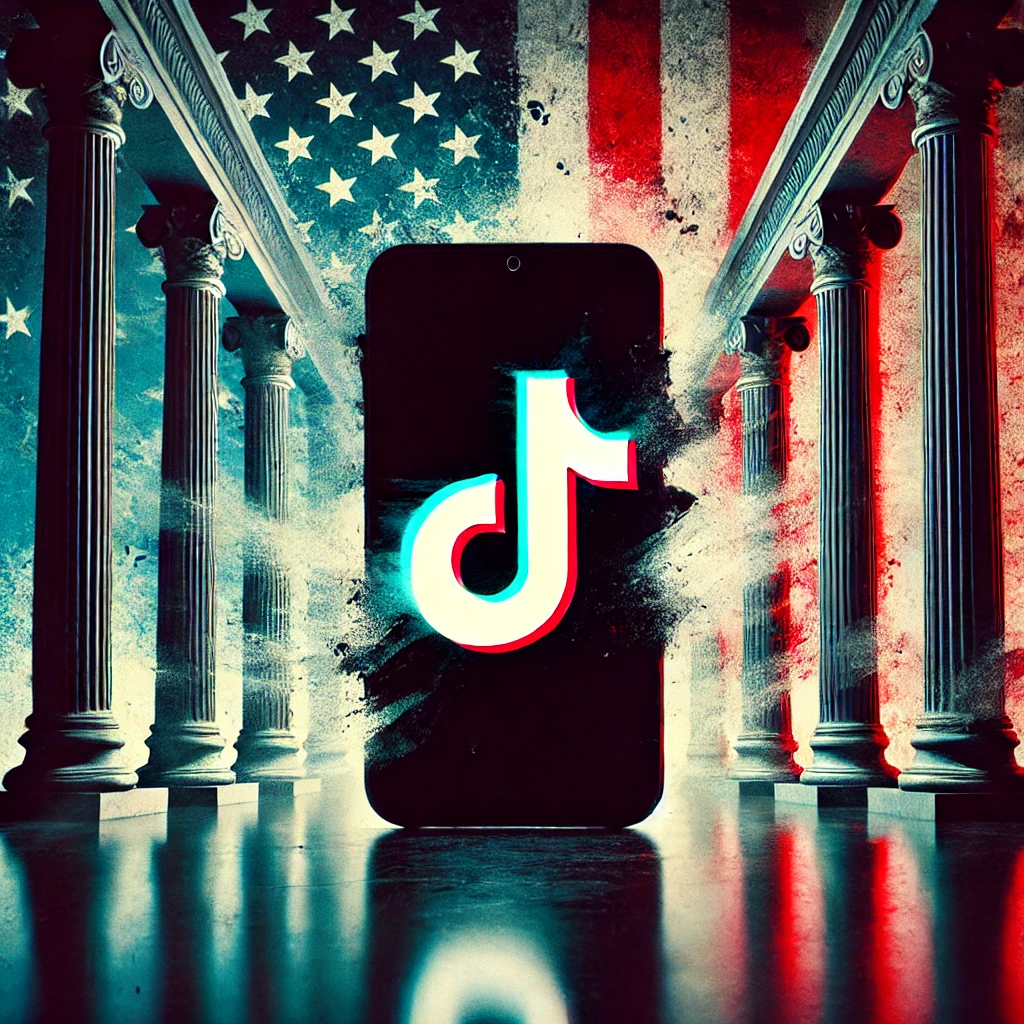On January 18, 2025 – an hour and a half before the January 19, 2025 deadline, TikTok screens across the U.S. faded to black. Millions of users were left staring at nothing. The app they loved was gone.
This abrupt shutdown was not a surprise to those following the story. It was the result of escalating concerns over national security. Lawmakers and judges made decisive moves to protect American interests.
The Legislative Hammer Falls
Back in April 2024, President Joe Biden signed the Protecting Americans from Foreign Adversary Controlled Applications Act (PAFACA). This law demanded that ByteDance, TikTok’s Chinese parent company, sell its U.S. operations. They had 270 days to comply. That set the deadline at January 19, 2025. If ByteDance failed to act, the app would be banned nationwide. The message was clear: comply or disappear.
Judicial Seal of Approval
As the deadline approached, ByteDance pushed back. They claimed the law was unconstitutional, violating First Amendment rights. The case quickly climbed the legal ladder and landed at the Supreme Court. On January 17, 2025, the justices delivered their verdict. They upheld the law unanimously.
The Court’s decision was like a referee blowing the whistle in a high-stakes game. It signaled the end for TikTok—at least for now. The justices stressed that national security risks outweighed the company’s arguments. TikTok’s data collection practices and ties to China raised too many red flags. Congress, they concluded, acted within its authority.
TikTok, like most social media apps, collects a lot of information about you. Here’s the gist of what they’re gathering:
- Your Basic Info: This includes your name, age, email address, phone number, and anything else you put in your profile.
- Your Device Details: TikTok knows what kind of phone or tablet you’re using, your location (if you allow it), your IP address, and even things like what other apps you have installed.
- Your Activity on the App: Every video you watch, like, comment on, or share is tracked. TikTok uses this to figure out your preferences and keep you scrolling.
- Your Face and Voice: If you use filters or make videos, TikTok may collect data on your face and voice, which could include facial patterns and audio characteristics.
- Your Interactions: TikTok keeps track of your messages, the accounts you follow, and who follows you.
- Your Behavior: Even how long you watch a certain video, the type of content you pause on, and the trends you interact with are noted.
Why is this a big deal?
This data is used to make TikTok more addictive by showing you exactly what you like. But there’s concern that this information might not just stay with TikTok—it could be shared or accessed by others, including the Chinese government, because TikTok’s parent company, ByteDance, is based in China.
In short, TikTok isn’t just watching your dances—it’s learning a lot about who you are, what you like, and how you behave. That’s why some people are uneasy about how this data might be used or shared.
The Trump Card
Meanwhile, President-elect Donald Trump signaled a twist in the story. He promised to “save the app” after taking office on January 20, 2025. Trump announced plans to issue an executive order extending the divestiture deadline by 90 days. This would give ByteDance more time to find a U.S.-based buyer. Many hoped this move could bring the app back from the brink.
A Temporary Farewell
Despite Trump’s promises, TikTok went dark on January 19. ByteDance’s failure to sell its U.S. operations sealed its fate. Users trying to log in saw a simple message: TikTok was no longer available. The shutdown also affected other ByteDance apps like CapCut and Lemon8.
Looking Ahead
For now, TikTok’s future in the U.S. remains uncertain. If Trump’s executive order comes through, it could buy ByteDance some time. But even then, finding a buyer and resolving security concerns won’t be easy.
Millions of users are left in limbo, hoping their favorite platform will dance back into their lives. Until then, the U.S. TikTok saga is a striking reminder of the delicate balance between technology, security, and freedom.






